Introduction
Specifications and Features
Like other early models, the original M.Zuiko Digital ED 14-150mm with its faux-scalloped zoom ring from 1950s was deliberately retro-looking. While it suited the earlier PEN models, the aesthetic started to look a little out place on SLR-style OM-D bodies. This updated model introduced in February of 2015 is more in line with the maker’s distinctive-looking pro-oriented models featuring a finely-machined darkened chrome finish of the focus and zoom rings and a weather-proof exterior (Olympus claims that this model is hermetically sealed).
Internally, the construction remains the same, and it’s a relatively complex formula that reveals Olympus’ design savvy with 15 elements in 11 groups, complete with three aspherical elements: one double-sided aspherical (DSA) element, one aspherical ED (EDA) glass, and one conventional single-sided asphere.
In addition, it has one large-diameter ED element and three further anomalous dispersion elements, which though similar to ED, aren’t quite as effective. The update also includes the thin-film ZERO extra-low reflection coating first seen on the high-grade 75mm f1.8 model. The original zoom was one of the first to adopt the maker’s high-speed screw-driven MSC AF mechanism for smooth and near-silent AF, and that’s unchanged in the new model.
Like the original, the lens focuses to 1.64’ (50cm) at all focal lengths. It adopts 58mm filters and measures 2.5 x 3.3” (63.5 x 83.8mm) and weighs just 10 oz (285g), 5g more than its predecessor. It is available now for around $600 (USD).
Specifications
- 15 elements arranged in 11 groups
- F4.5-5.6 constant aperture
- Direct-drive type AF motor
- Aspheric surfaces
- ED type glass
- 1.64’ (50cm) minimum focus
Medium score and low peak sharpness
With a DxO Mark lens score of 10 points and a peak sharpness of 4P-Mpix, meaning the 16-Mpix sensor and lens combination delivers around 4-Mpix of detail at its optimal setting, the lens is a good performer for a super-zoom.
Like most zooms, especially models with a high zoom ratio, consistent performance is an issue and performance varies throughout the zoom range. It’s a noticeably better performer at the shorter focal lengths, where sharpness extends to the borders but retreats to the centers on zooming in (increasing focal length). In terms of ranking, therefore, it doesn’t compare well with shorter-range zoom models, but it is competitive against similar offerings.
Olympus M.ZUIKO DIGITAL ED 14-150mm F4.0-5.6 II versus Olympus M.ZUIKO DIGITAL ED 40-150mm f4.0-5.6 versus Olympus M.
We’ve not had the opportunity to test the earlier model, but comparing it with the $236 ED 40-150mm and the newer $499 12-50mm, we can see that both those models are better performers. However, this is not as straightforward as the figures suggest.
The 40-150mm is an excellent performer in the middle of the range (around 70mm), but not so much at the extremes of the range. However, it is marginally sharper across the field from 70mm up and has better uniformity, slightly lower distortion and vignetting, and far superior control of chromatic aberration. At 40mm, however, it performs similarly.
While the 12-50mm isn’t quite as sharp or as consistent across the field at 12mm as the 14-150mm is at 14mm, that position changes between 20-28mm — though it swings back in favor of the 14-150mm from 35mm onwards, where the super-zoom is sharper centrally at least. Distortion and vignetting are very similar, but the 14-150mm has high levels of chromatic aberration from 45mm up (and excessively so at 70mm).
Olympus M.ZUIKO DIGITAL ED 14-150mm F4.0-5.6 II versus Panasonic LUMIX G VARIO 14-140mm / F3.5-5.6 ASPH. / POWER O.I.S. versus Tamron 14-150mm F/3.5-5.8 Di III VC (Model C001) Micro 4/3: Not quite a match for the redesigned Panasonic
With Panasonic updating its popular if somewhat pricey $920 14-140mm with a new design, and third-party maker Tamron offering a new $459 14-150mm to rival both slightly faster at the wider end, Olympus’ update looks rather timely.
However, it still really only matches the Tamron, with the Panasonic a noticeably better performer at the wider end in terms of sharpness and uniformity. The Panasonic also has the highest peak sharpness levels of the three, albeit at the wide end. At the longer end, particularly at 150mm, all three are quite close centrally, though the Olympus is noticeably softer in the periphery. In terms of distortion, the Panasonic has more noticeable barrel distortion at 14mm, but the lowest from 28mm up; it also has the lowest vignetting and very good control of chromatic aberration.
Conclusion
Overall, the Olympus with its high ratio zoom is an attractive lens for still photographers and videographers and the updates are welcome; however, at around $600, it’s looking a little expensive when compared with the recently-introduced Tamron equivalent at just $459. However, although the Tamron performs similarly, it’s not quite as impressive at 14mm as the Olympus. The Panasonic 14-140mm concedes a little reach at the long end, but it’s a better performer optically at practically every focal length. Still, at $920, it’s quite a commitment. With the current deals available bringing the price to within $40 of the Tamron, at least for the moment, the Olympus with its impressive weather-proofing looks a lot more tempting as a one-lens solution for the frequent traveller or budding videographer.


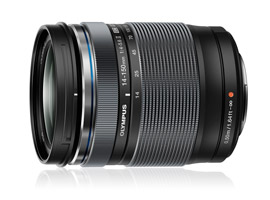


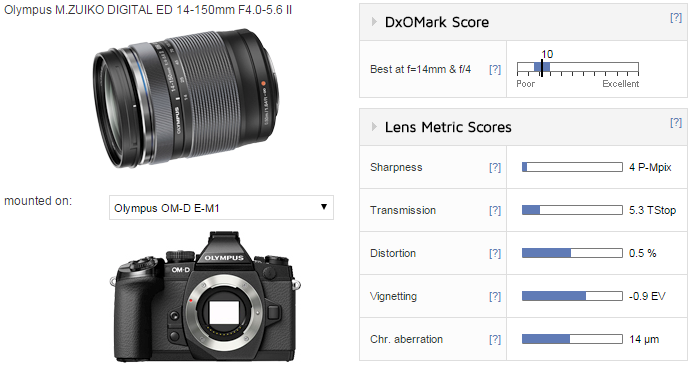
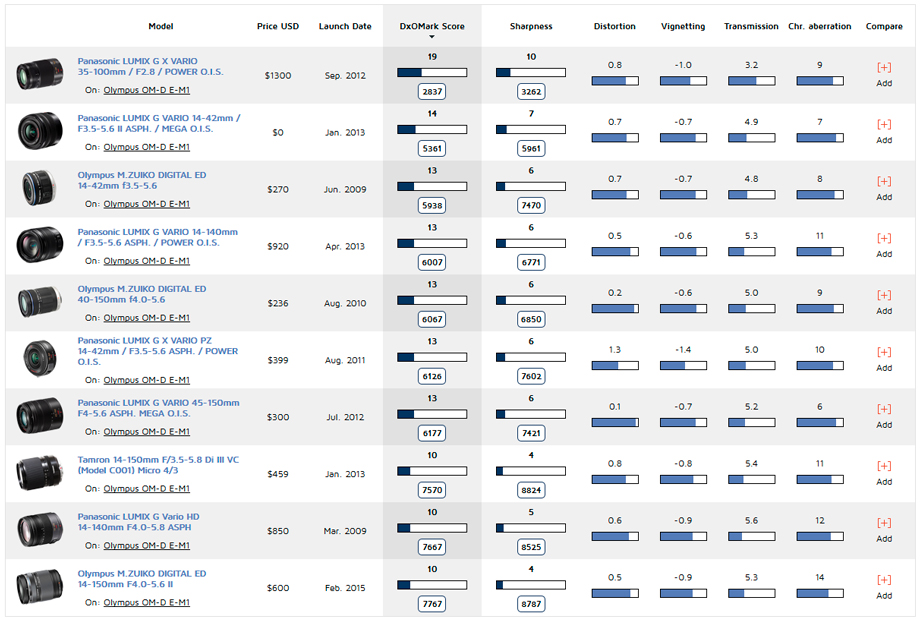
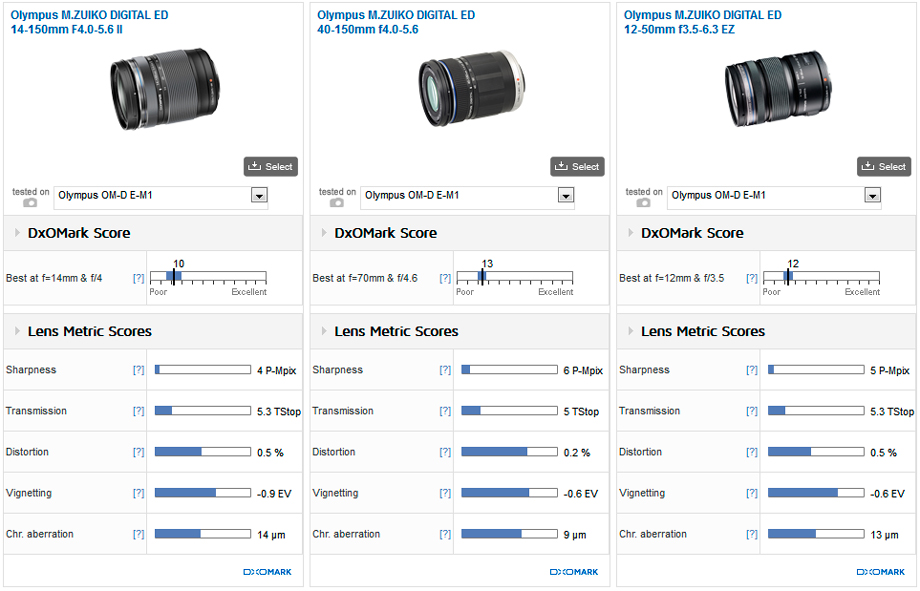
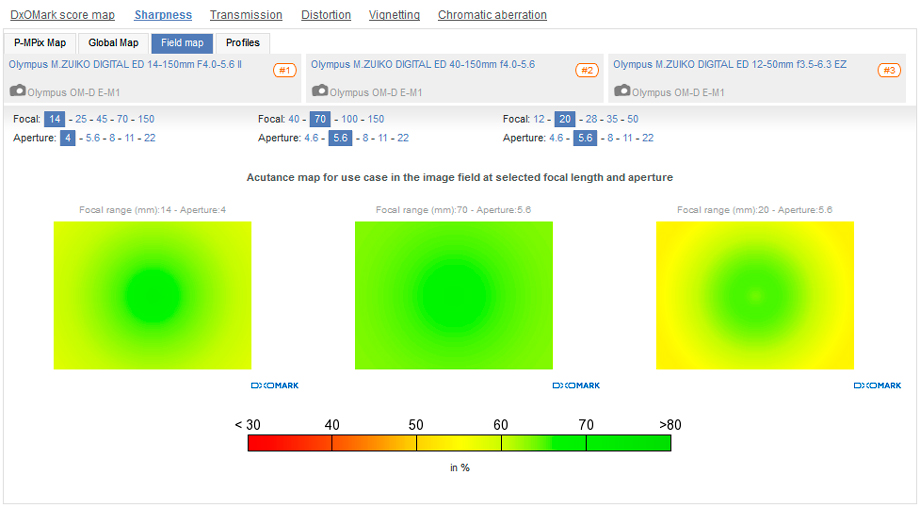
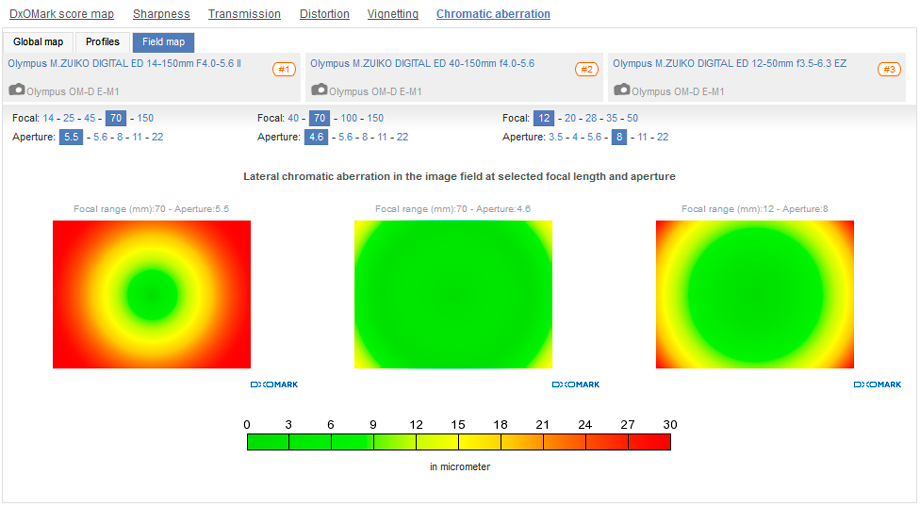
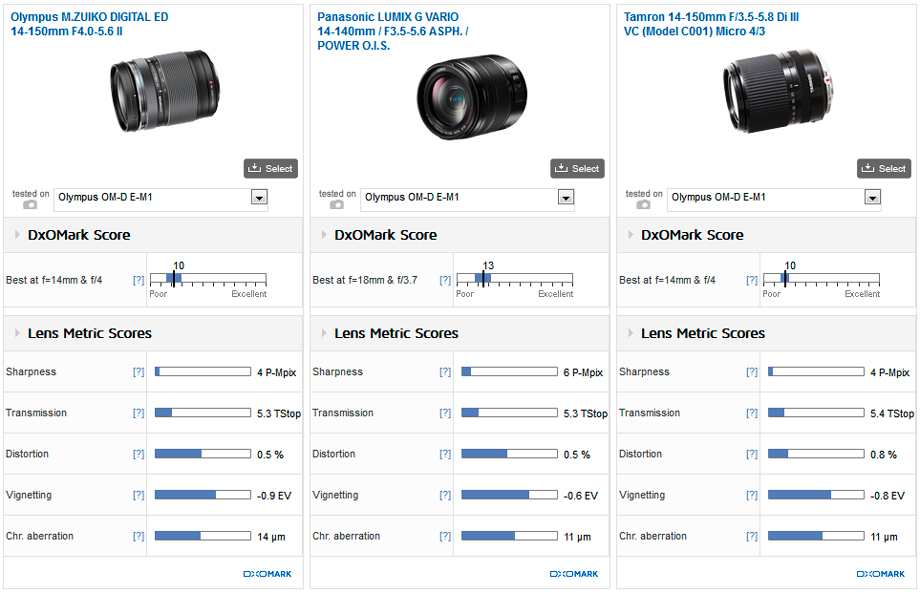
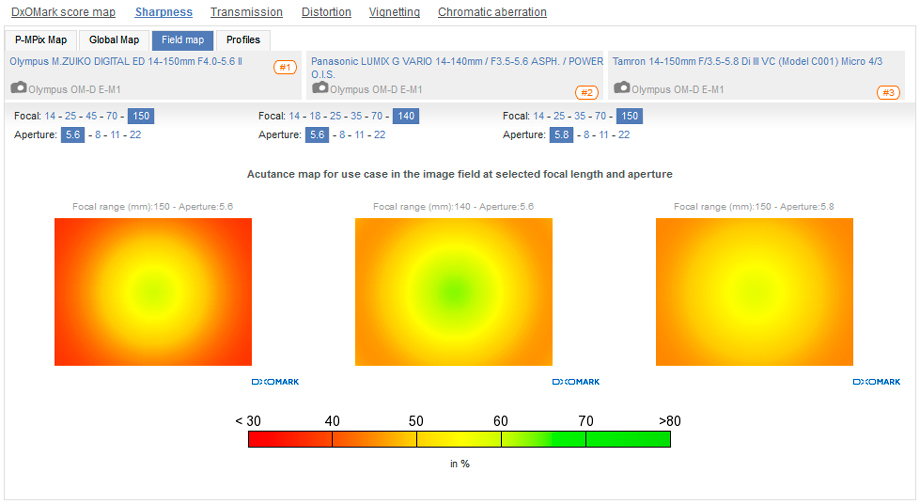
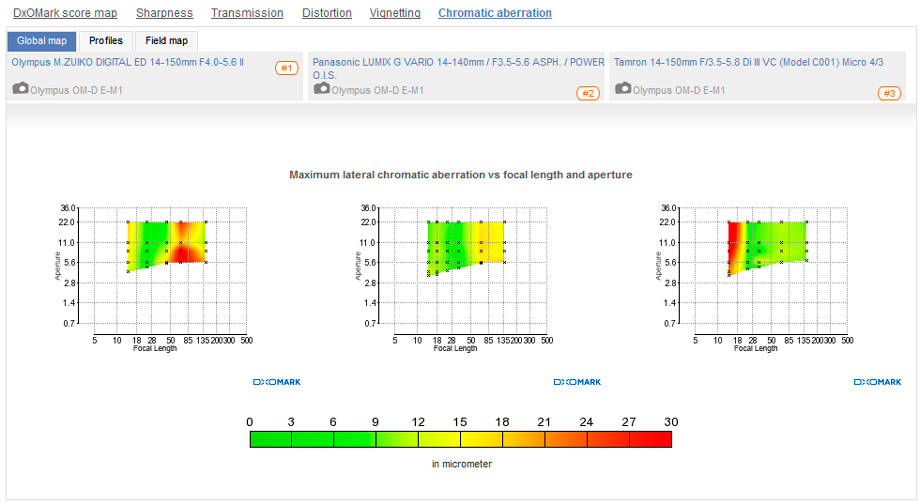
DXOMARK encourages its readers to share comments on the articles. To read or post comments, Disqus cookies are required. Change your Cookies Preferences and read more about our Comment Policy.